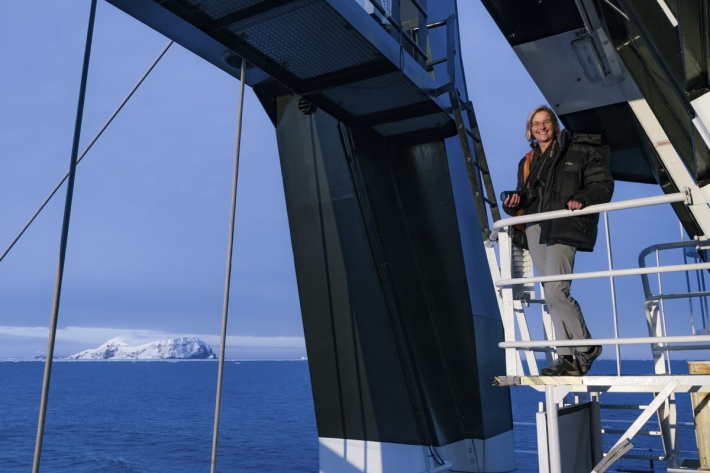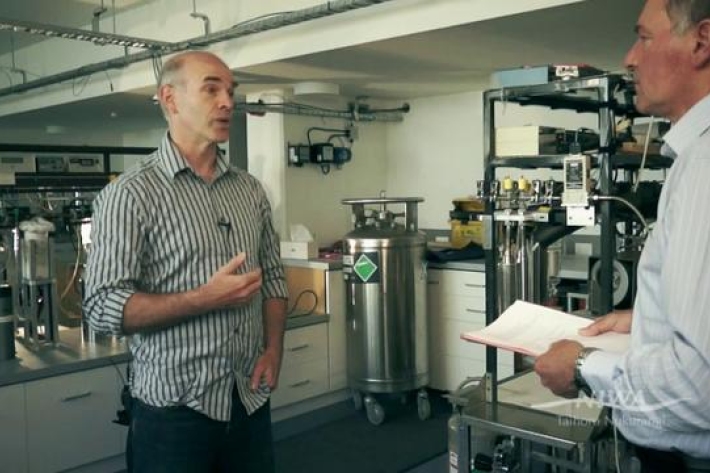-

Partners and funding
The voyage is supported by funding from NIWA, MBIE, the Deep South National Science Challenge and the University of Auckland. -

Summer series 2017 - Sailing the Southern Ocean - a scientific odyssey
Media release11 January 2018NIWA’s research vessel Tangaroa sets off for a six-week voyage to Antarctica in February. Six of those aboard explain what they’re doing, what they’re worried about and the one thing they wouldn’t be without. -

Dramatic sea ice decline limits NIWA’s Antarctic research
Media release18 October 2017A dramatic change in sea ice this year is likely to hamper a NIWA-led research project aiming to better understand how ice shelves will melt as the ocean warms. -

Breaking the ice
Feature story08 October 2017The Deep South National Science Challenge is one of New Zealand’s most audacious collaborative projects in recent times. -

From sea ice to sea bed
Feature story08 October 2017Pioneering NIWA scientists are returning to the cold continent in October, this time to focus on the seabed. -

Revealing toothfish secrets
Feature story05 October 2017The Ross Sea Marine Protected Area (MPA) in the Southern Ocean will help further research into the ecology of Antarctic toothfish. -

Atmospheric ozone, ultraviolet radiation, and stratospheric change
Research ProjectCFCs have damaged the ozone layer and led to higher UV levels and increased health risks. Our role is to understand the causes and effects of ozone depletion, to inform the public of the risk. -

How cold is the Antarctic?
Write a report, with guided questions, to answer the question: “How cold is the Antarctic?” -

Map Scott
Education ResourceScott Base, Antarctica Antarctica is the coldest, windiest and driest continent. -

What is Ocean acidification?
NIWA oceanographer Dr Cliff Law explains the impacts of ocean acidification on organisms that use carbonates to build their shells, and on bacteria. -

Critter of the week
In this blog series, we feature a new critter from our expansive invertebrate collection including pictures of specimens in their unique habitat. The blogs also feature news, links and fun facts that showcase New Zealand’s fascinating marine fauna.
